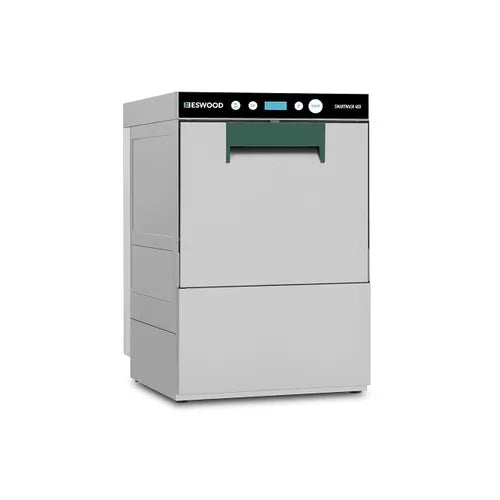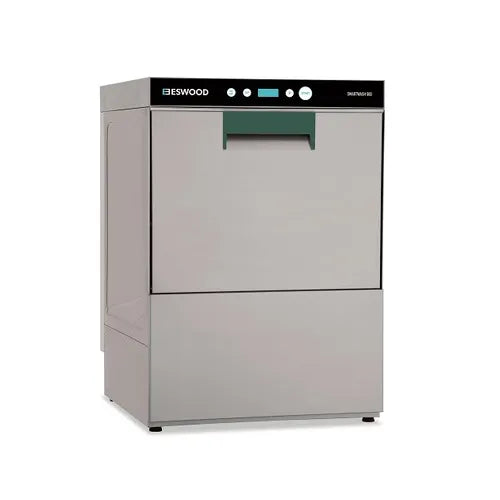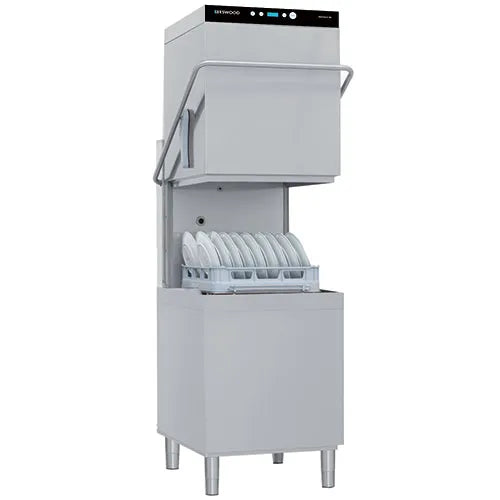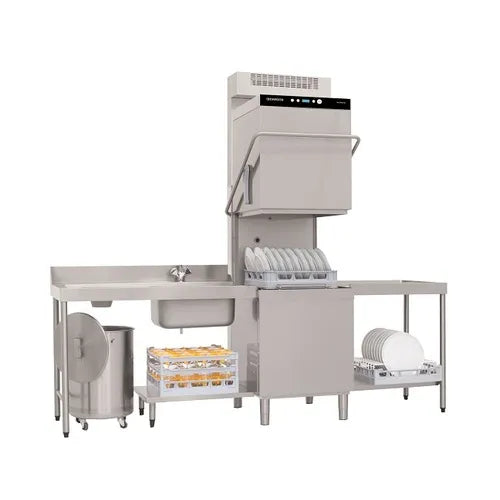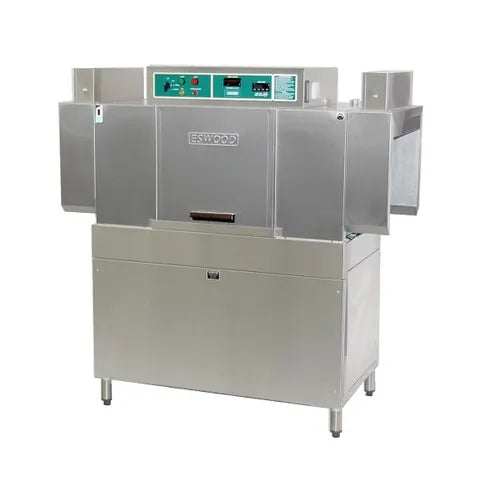Cutting boards come in various colors, and the color coding is often used to prevent cross-contamination in the kitchen. Different colors are assigned to specific types of foods to help maintain food safety. While color coding may not be standardized universally, there are common practices that many kitchens follow. Here are the typical colors and their associated uses:
-
Red Cutting Boards:
- Use: Red is often associated with raw meat, particularly beef. It helps prevent cross-contamination by designating a specific cutting board for raw meats.
-
Blue Cutting Boards:
- Use: Blue is commonly used for cutting raw fish or seafood. This color helps prevent cross-contamination by ensuring that the board used for fish is not used for other types of foods.
-
Green Cutting Boards:
- Use: Green cutting boards are typically reserved for cutting fruits and vegetables. They help distinguish boards used for produce from those used for meats, reducing the risk of cross-contamination.
-
Yellow Cutting Boards:
- Use: Yellow is often assigned to poultry. Using a yellow cutting board exclusively for raw poultry helps prevent the spread of bacteria to other foods.
-
White Cutting Boards:
- Use: White cutting boards are commonly designated for baked goods and dairy products. However, in some kitchens, white may be used for general food preparation.
-
Brown Cutting Boards:
- Use: Brown cutting boards are sometimes used for cooked meats. They help separate cutting surfaces for raw and cooked meats, reducing the risk of cross-contamination.
-
Purple Cutting Boards:
- Use: Purple cutting boards are less common but may be used for allergen-free or gluten-free food preparation to avoid cross-contact.
It's essential to note that these color assignments may vary, and not all kitchens follow the same color-coding system. Additionally, some cutting boards may have multiple colors or include symbols to indicate their use. Regardless of the specific color code, the primary goal is to maintain a hygienic kitchen by preventing cross-contamination and promoting food safety.


